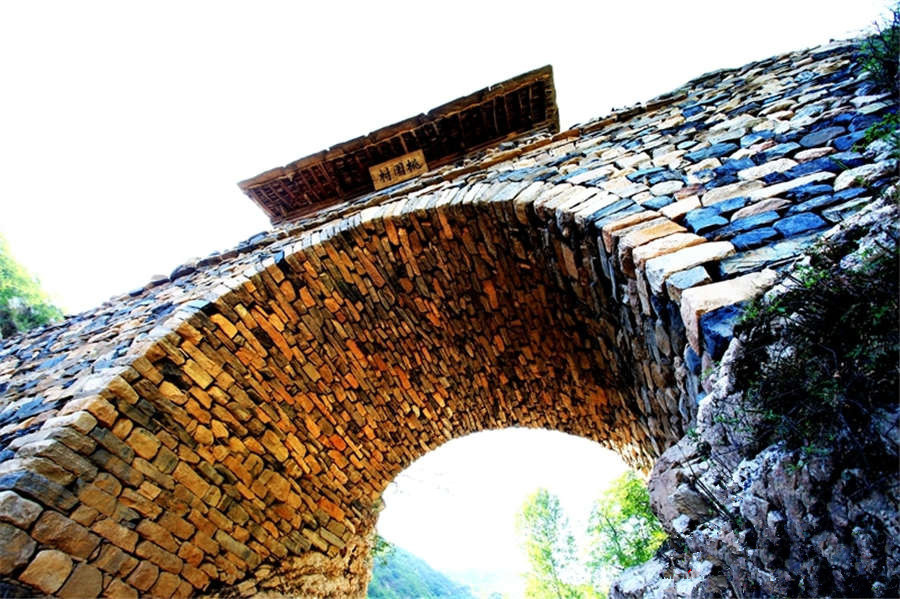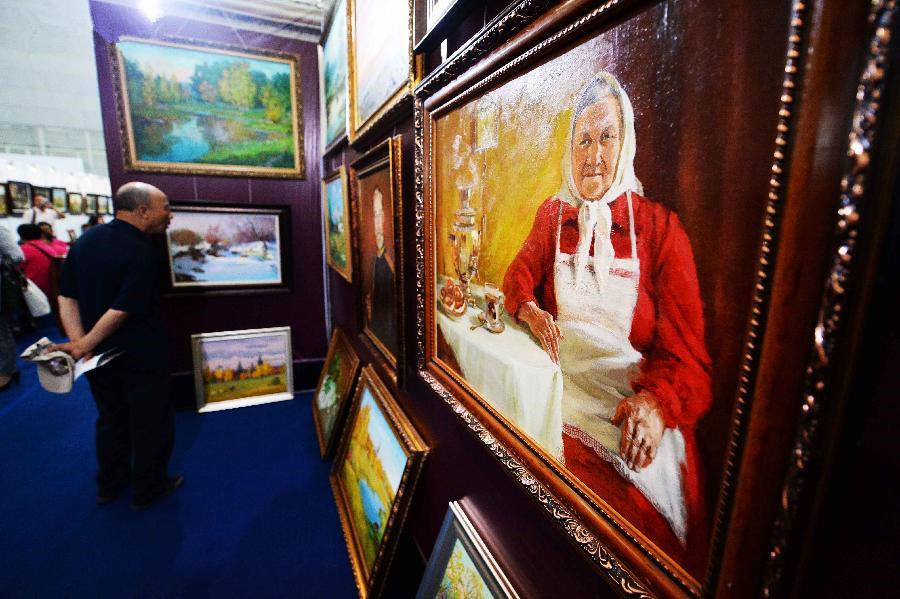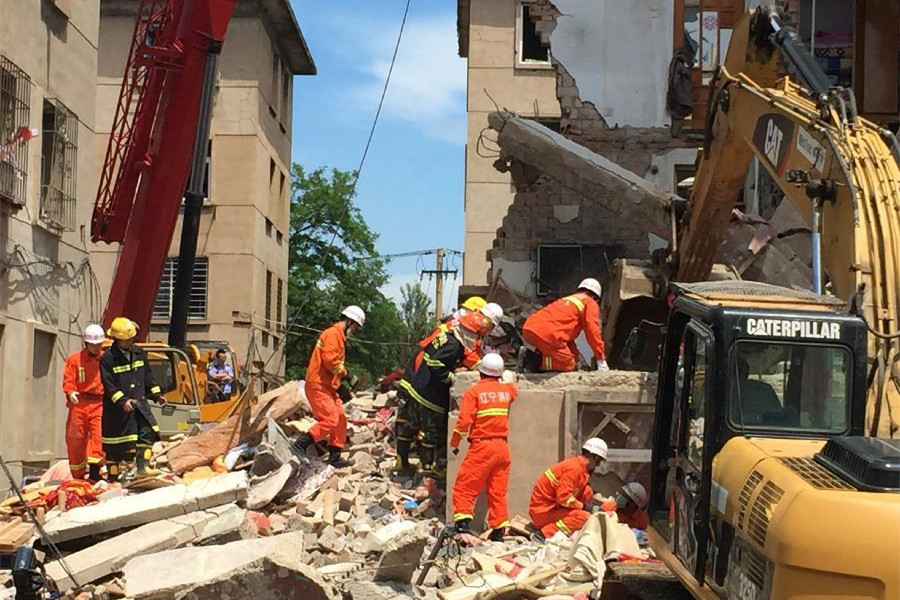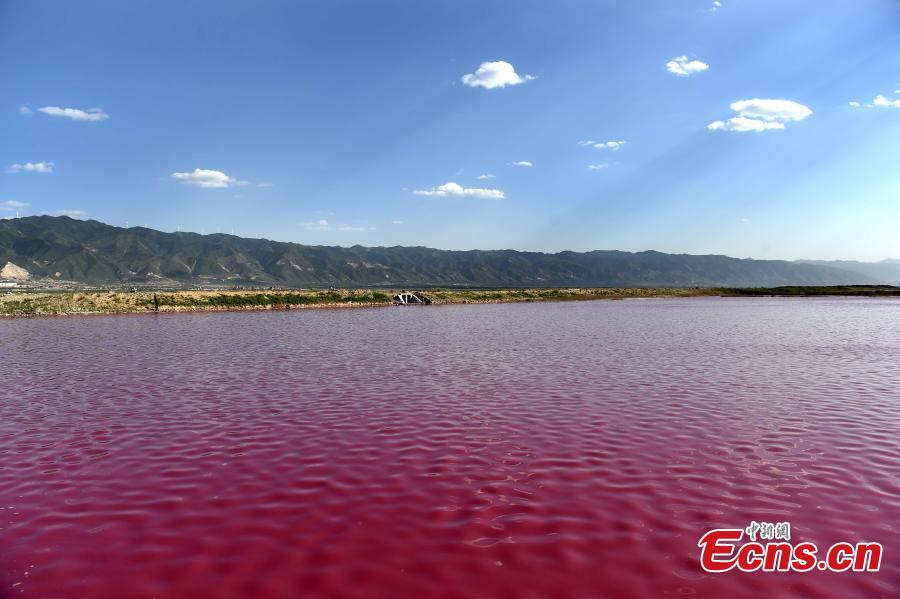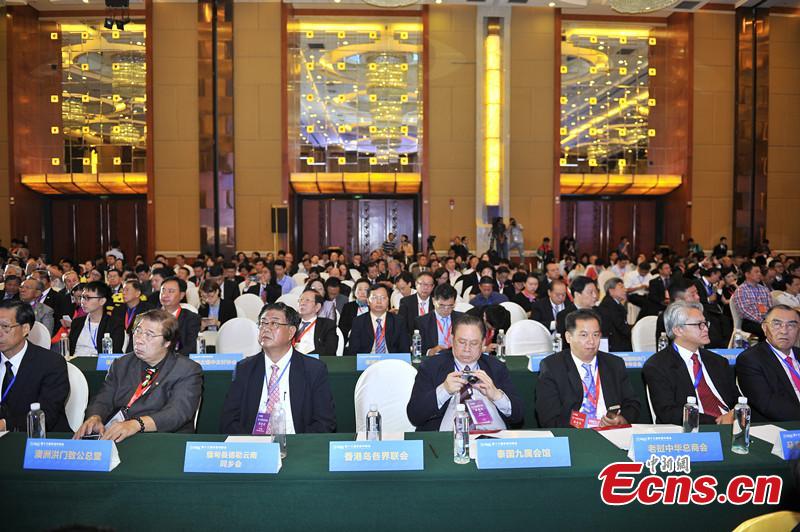Earthquake changes everything
Mou Xin served in the army in Dali, another historic town in Yunnan Province. He remembers passing by Lijiang one night in 1992, when the city was pitch black because it had no street lamps. Later he had an opportunity to stay there for several days, an experience he says changed his life for good.
At that time, there were few shops in the Old Town, and everywhere the elderly wore traditional Naxi costumes. Mou says he was shocked when he saw the Jade Dragon Snow Mountain with his own eyes, which made him decide to stay there after he left the army.
In February 1996, an earthquake hit Lijiang, killing over 300 people, injuring 17,000 and destroying 186,000 homes. Amazingly, many of the traditional Naxi houses held up quite well, leading the government to pour millions into replacing concrete buildings with traditional wooden Naxi architecture.
The World Bank provided funding for the reconstruction, and Lijiang was named a UNESCO World Heritage town in 1997. All of this attention, plus the construction of hotels and a new airport, turned the town into a major tourist destination, with outrageous prices at every turn.
Commercialization poses challenges
Lijiang is still a delightful place. But the Old Town, with its cobblestone streets, gurgling streams and Naxi architecture represent only a modicum of its tradition. As more and more merchants move in to cater to hordes of stampeding tourists, many of the Naxi people who still live there are finding their old way of life difficult to maintain. Every day the town bustles with tourists all eager to spend, to see, to taste – and especially to photograph.
The Naxi are soft spoken, tanned and weathered-beaten people, happy to compromise on a bargain or tailor an outfit to your size. They wear bright blue pants over which drapes a pink, yellow, blue, white, or red apron, and wear matching tops and hats in the traditional fashion.
But these friendly and simple people are losing out as more and more businessmen rush in to open competitive bars and shops, some of which blare loud music into the street, creating noise for other merchants and tourists.
Now it is money, not tradition, that talks in Lijiang. Whoever has the money and the power can invest there and operate a business however they like.
Lijiang's commercialization has emerged as a source of concern for UNESCO, which has given the town an "examination" status which may eventually result in de-listing.
Nevertheless, Mou Xin believes that Lijiang is a melting pot, which welcomes all kinds of cultures to exist in harmony. He admitted that the atmosphere in Lijiang is much more commercial now, but he also argued, "How can you make young people use butter-oil lamps and wear traditional Naxi costumes every day? Only with commercialization can we better present the special ethnic culture."
As the tug of war between commercialization and the indigenous Naxi culture worsens, we can only hope that the Naxi people will live the way they like and that the old town of Lijiang will develop in a proper direction.









